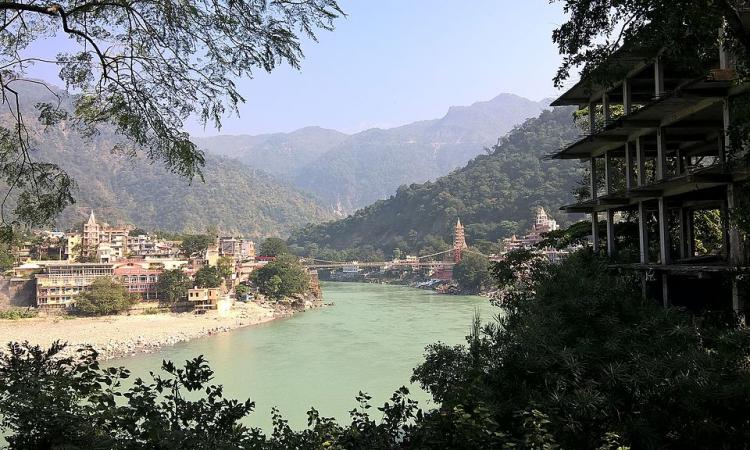
Socially constructed notions of the different roles and responsibilities of men and women have a huge bearing on access to and control over resources, and subsequently on their vulnerabilities. More often than not, this leads to vulnerabilities that are skewed towards women, more than men. Gender mainstreaming entails re-organising formal structures of decision making and institutional processes to acknowledge gender as a centrality, rather than as an add-on. This has percolated into climate change research, more specifically in studies on vulnerability and adaptation.
Owing to their skewed development trends and amplified climatic perturbations, mountain ecosystems are extremely vulnerable to climate change. Many developmental challenges exist – for instance, limited access to basic services and an over reliance on weather-sensitive livelihoods. These challenges further amplify the vulnerability of mountain communities. A recent paper by Khandekar et al using empirical evidence from sites in Uttarakhand, establishes an understanding on how place-based vulnerabilities influence livelihoods, analysed through a sustainable livelihoods framework.
The study analyses and contributes to the body of knowledge on gendered vulnerability to climate change in terms of exposure and impacts, and how these impacts affect different gender groups in the Upper Ganga Basin. The broad questions guiding the research were:
- What are the extremes in the Upper Ganga Basin? How are these likely to change in the future?
- What are the perceptions of men and women about the risks to climate change and how they are affected?
- How does this vary by factors such as elevation, social strata viz. gender, caste, class?
The research provides insights into differential impacts of climate change on day to day roles and activities of men and women involved in various spheres of livelihoods. This analysis is carried out within existing social norms of various ethnic communities that live in the case study sites. However, the study does not touch upon intra-household dynamics and how these roles might evolve in the future.
The research also highlights gender differentiated impacts that arise due to existing social norms and practices evident in the study sites. There are clearly emerging socio-cultural norms that are determining access to resources and that are influencing an individual’s vulnerability. Moreover, existing social norms differentially impact women by limiting their access to land ownership and their decision making powers, subsequently negatively influencing their adaptive capacities. These present critical challenges that influence gender based vulnerabilities in the mountains and plains of Uttarakhand.
The study found that:
- The social construct embedded in a patriarchal society defines gender roles and responsibilities in the study sites spread across the Garhwal region of the Upper Ganga basin. The findings demonstrate how social barriers influence an individual’s adaptive capacity and restrict behavior and entitlement.
- Field narratives pointed out that men and women interpret experience and respond to climatic and non-climatic changes concurrently. The drivers of household vulnerability were an ensemble of highly localised and individual factors like intra-household dynamics and local socio-cultural norms. The roles and responsibilities assigned to men and women were largely from societal norms and conceptions that have allocated productive activities such as production and employment to men while reproductive activities such as domestic work and everyday farm work have been relegated to women.
- These existing trends of underlying vulnerabilities, resulting in skewed access to resources, services and institutions, will only see a rise with future climatic changes. As extreme weather events are predicted to increase, so will the implications on water availability, health and livelihood opportunities of the people living in mountain regions.
- Add to this demographic and socioeconomic change and there is a clear sign that existing vulnerabilities will only be exacerbated further.
- Women are more dependent on natural resources for their livelihoods; they often lack access to information, and decision-making power to adapt to climate change impacts and further conserve natural resources. They also face numerous barriers in accessing education.
- Societal norms determine land inheritance laws and involvement in agriculture, both of which exclude women. This further limits their potential to diversify their income. Differential access to water resources was also observed prominently at all elevations in the study, which is a significant barrier to adaptation for certain people in a community.
- Similarly, when women are members of a landowning or powerful family, they are generally able to command their say in decisions at the village level pertaining to water resources. But in terms of skill sets, women from scheduled caste and tribal communities have more experience because they are more involved in income generation activities. This trend was observed in all the elevations.
- Furthermore, men had the ability to migrate which reduces their vulnerabilities to climate change. But it was also found to in increase stress and hardship for women who were still exposed to the same risks, only adding to their vulnerabilities.
The full report can be found here